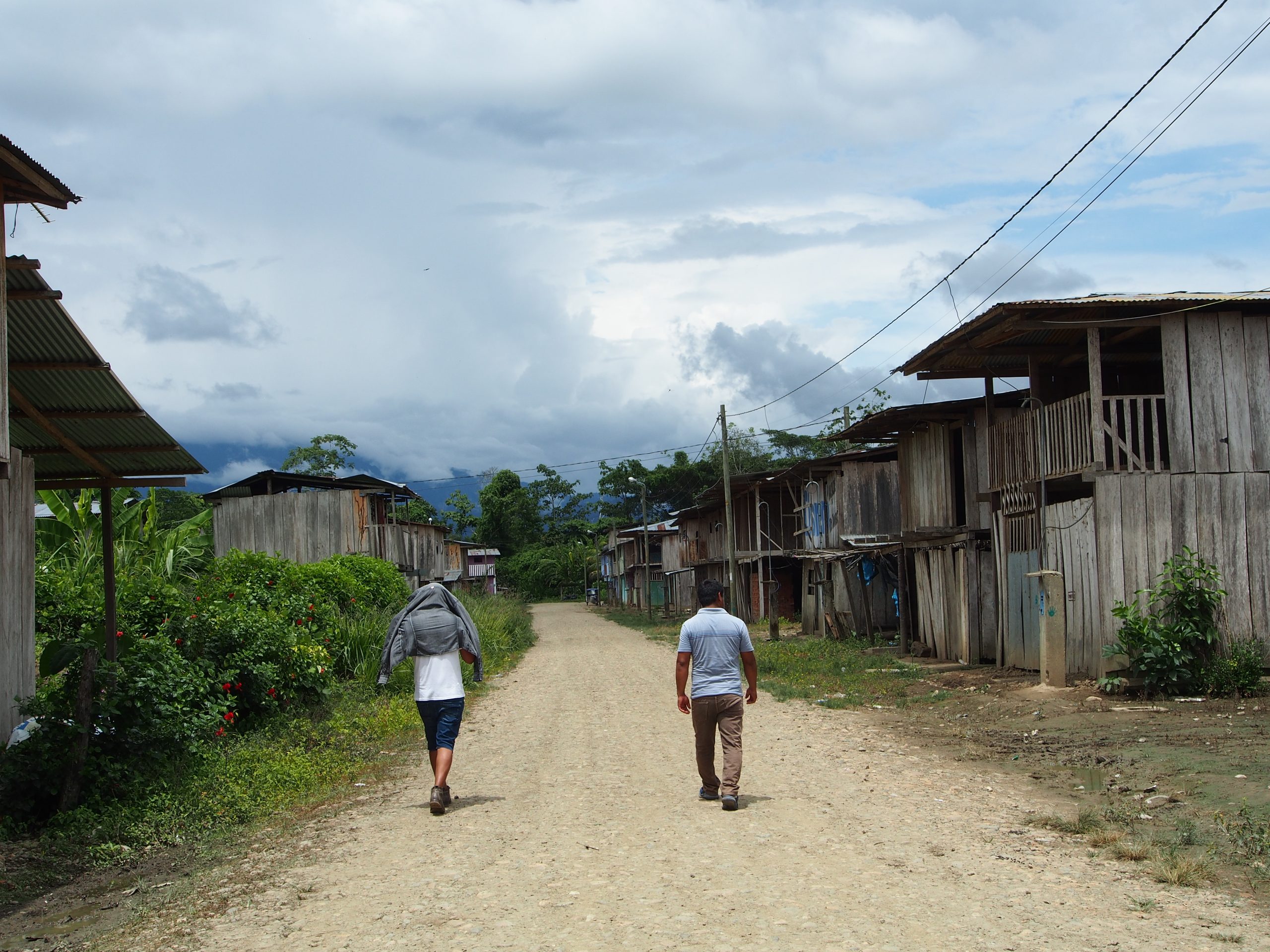This working paper considers coca control and development strategies in Bolivia and Peru through the intersection of participatory development, social control and the relationship between growers and the state.
Bolivia has emerged as a world leader in formulating a participatory, non-violent model in confronting the cocaine trade. Between 2006-2019 the government limited coca production through community-level control. Our study finds that not only has Bolivia’s model proven more effective in reducing coca acreage than repression, but it has effectively expanded social and civil rights in hitherto marginal regions. In contrast, Peru has continued to conceptualize ‘drugs’ as a crime and security issue. This focus has led to U.S.-financed forced crop eradication, putting the burden of the ‘War on Drugs’ onto impoverished farmers, and generating violence and instability. At the request of farmers, the Peruvian government is currently considering the partial implementation of the Bolivian model in Peru. Could it work?
We address this question by drawing on long-term ethnographic fieldwork, interview data and focus group discussions in both countries, combined with secondary research drawn from government, NGO and international agency reports. We find that for community control to have a reasonable chance of success in Peru key areas need to be strengthened. These include the ability of grassroots organizations to self-police, building trust in the state through increased collaboration and incorporating coca growers into development and crop control institutions. More broadly, this study shows how the success of participatory development is contingent on two elements. The first is strong and functioning grassroots organizations that are reinforced through a clear sense of collective identity. The other is trust in the state, and the extent to which the state is committed to enabling rural, indigenous and poor sectors of society to improve their lives.
To read this working paper click here: Turning Over a New Leaf: Regional Applicability of Innovative Drug Crop Control Policy in The Andes

